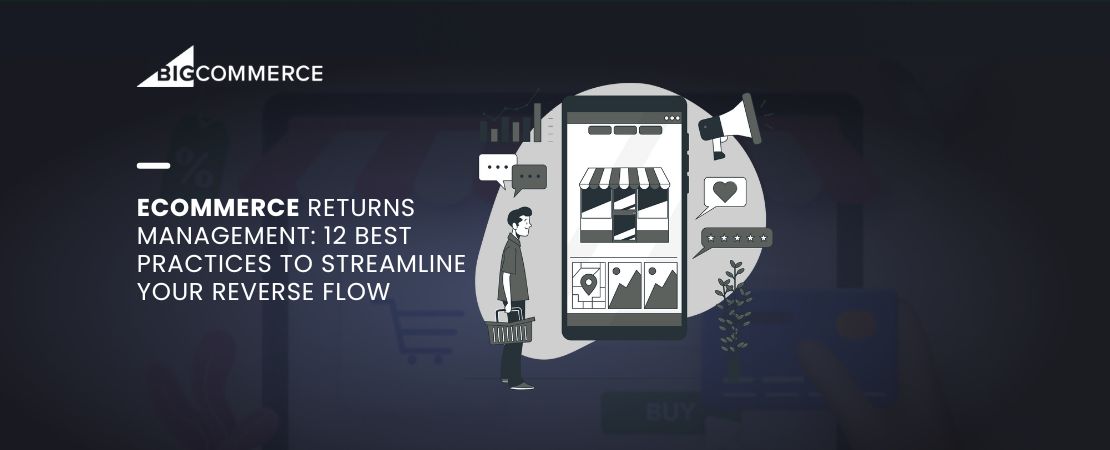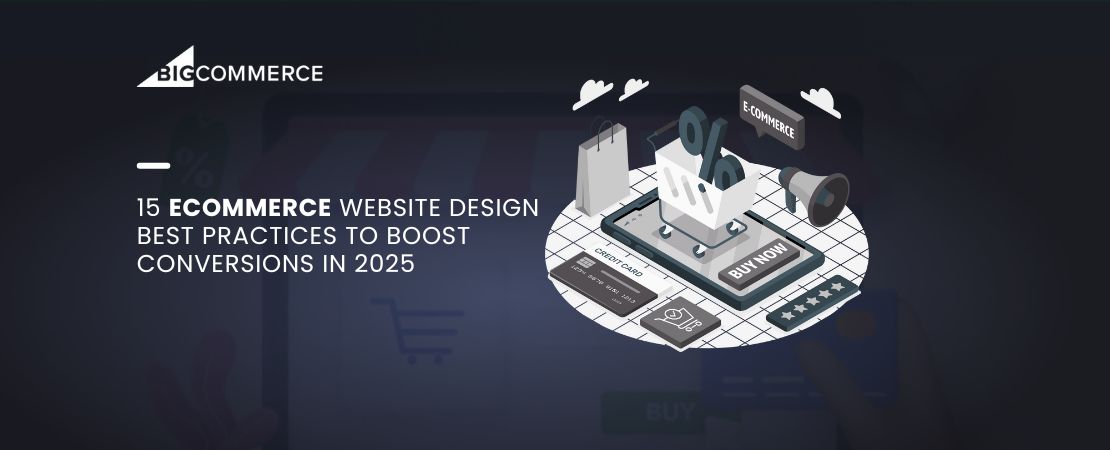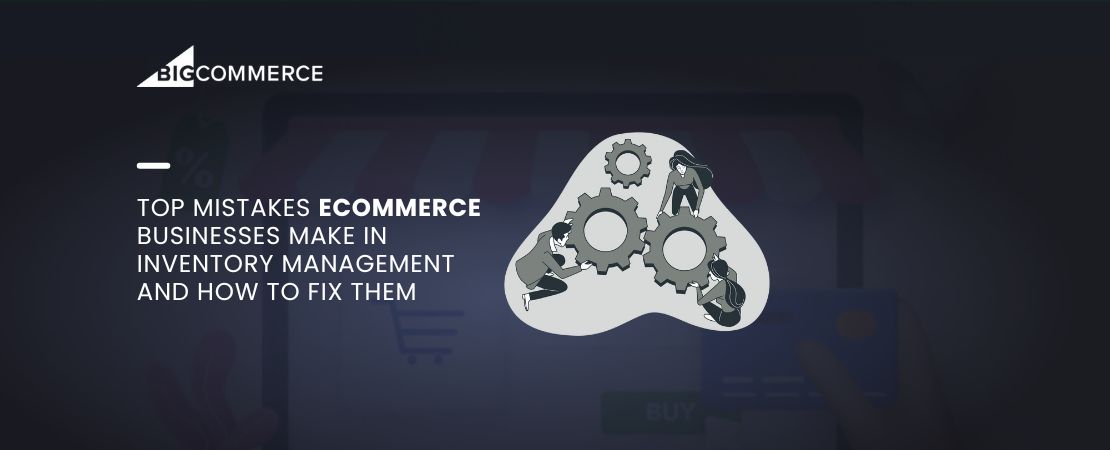In this fast-paced digital age, your website can help you increase your auto dealership sales. Think of it as a storefront where potential customers come to browse, compare, and ultimately decide whether to trust your dealership for their next vehicle purchase. Therefore, having a well-designed, user-friendly, and optimized website is not just an option—it’s a necessity.
In this blog post, we’ll look over some clever web design strategies that can help with your auto dealership sales. Buckle up, and let’s dive in!
Ways to Increase Your Auto Dealership Sales
1. Engaging Layout for Homepage
The homepage is the first page most visitors will see when they visit your website. It’s your dealership’s virtual storefront. Therefore, it should be visually appealing and reflect your brand’s personality.
Consider using high-quality images of your bestselling cars, video testimonials from satisfied customers, or interactive elements like virtual car tours. A well-designed homepage can immediately grab the attention of your visitors and make them want to explore your services further.
2. Responsive Design for Mobile Users
With the majority of customers using their mobile devices for online searches, a mobile-friendly website is a must. Responsive design ensures your website looks and works seamlessly across various screen sizes, enhancing user experience while simultaneously boosting engagement.
Here are some tips to optimize responsiveness:
- Use a fluid grid layout that adapts to different screen sizes.
- Implement responsive images and media within layout boundaries.
- Ensure buttons and links are touch-friendly for small screens.
Remember, a mobile-optimized website not only offers a better browsing experience but also ranks higher in Google’s mobile-first indexing.
3. Strategic Calls-to-Action (CTAs)
The key to turning your website visitors into leads lies in effective calls-to-action (CTAs). A compelling CTA guides your visitor toward the desired action, be it scheduling a test drive, requesting a quote, or filling out a contact form.
Here are some examples of effective CTAs for auto dealerships:
- “Schedule a Test Drive Today!”
- “Get Pre-Approved Now!”
- “Download Our Free Car Buying Guide!”
Make your CTAs stand out with contrasting colors, persuasive text, and strategic placement on your website.
4. A/B Test for Landing Pages
A/B testing, also known as split testing, involves creating two different versions of a page (Page A and Page B) and analyzing which one performs better. This can be a valuable tool to increase your auto dealership sales by optimizing your website for conversions.
You can test different headline text, images, CTA placements, or color schemes. The goal is to discover what resonates most with your audience and use those insights to create a website that maximizes conversions and sales.
5. High-Quality Images and Videos
Visual content plays a significant role in shaping customer perceptions and decisions. High-quality images and videos of your vehicle inventory can offer a virtual showroom experience, encouraging potential buyers to take the next step.
Follow these tips to optimize visual elements on your website:
- Use professional, high-resolution images that showcase the vehicle from various angles.
- Include interior and exterior videos to provide an immersive viewing experience.
- Optimize the file size of your images and videos to ensure fast loading times.
6. SEO Optimization for Local Searches
Local SEO is vital to increase auto dealership sales, as most customers prefer dealing with businesses in their vicinity. By optimizing your website for local searches, you can enhance visibility among local prospects, driving more targeted traffic to your website.
These strategies can help you optimize for local search visibility:
- Incorporate location-specific keywords in your website content and meta tags.
- List your dealership on Google My Business and keep the information updated.
- Encourage satisfied customers to leave reviews on Google and other review platforms.
7. User-Friendly Navigation Structure
An intuitive navigation structure makes it easy for visitors to explore your website and find what they’re looking for. It ultimately enhances user experience and engagement.
The best practices for organizing your website navigation are:
- Keep your menu structure straightforward.
- Categorize inventory by make, model, price, etc. for easy browsing.
- Include a search function for quick access to specific vehicles.
8. Customer Testimonials for Trust-Building
Customer testimonials and reviews serve as social proof, building trust among prospective customers. You must showcase these on your website to enhance credibility and boost conversions.
Some strategies for incorporating testimonials on your website are:
- Feature testimonials prominently on your homepage and product pages.
- Use real names and photos (with permission) for authenticity.
- Respond to negative reviews professionally and promptly to show that you value customer feedback.
9. Social Media Integration
Social media is a powerful tool for creating brand awareness and engaging with potential customers. When you integrate social media into your website, you give visitors an easy way to share content from your website on their social media accounts.
Add social media share buttons to your car listings and blog posts. You can also display your latest social media posts on your homepage or include a social media feed widget. These features enable your visitors to interact with your content and spread the word about your dealership, creating additional sales opportunities.
SEO Strategies for Auto Dealership Websites
| Step | Summary |
|---|---|
| 1. Keyword Research | – Identify relevant keywords (car makes, models, services, and location terms). |
| – Use tools (Google Keyword Planner, SEMrush) for high-search-volume, low-competition keywords. | |
| 2. Local SEO | – Optimize for local searches with location-specific keywords in content, meta tags, and URLs. |
| – Claim and verify Google My Business listing with accurate business information. | |
| 3. Optimized Website Structure | – Ensure a clean, user-friendly structure with intuitive navigation. |
| – Use descriptive, keyword-rich meta titles and descriptions for each page. | |
| 4. Mobile Optimization | – Ensure a mobile-friendly design for users searching on smartphones. |
| – Implement responsive design for improved search rankings. | |
| 5. Quality Content | – Create engaging, informative content for vehicles, services, and blog posts. |
| – Feature detailed vehicle descriptions with unique selling points. | |
| 6. Image Optimization | – Optimize images with descriptive file names and alt text. |
| – Compress images for faster page load speed. | |
| 7. Customer Reviews | – Encourage and showcase customer reviews. |
| – Respond to reviews to demonstrate engagement and customer service. | |
| 8. Social Media Integration | – Integrate social media into your website. |
| – Share regular updates and promotions on platforms like Facebook, Twitter, and Instagram. | |
| 9. Technical SEO | – Conduct regular audits to fix technical issues. |
| – Implement HTTPS for security and optimize page speed. | |
| 10. Schema Markup | – Implement schema markup for structured information. |
| – Include details like business hours, reviews, and inventory. | |
| 11. Link Building | – Build quality backlinks from reputable automotive and local businesses. |
| – Create shareable content to attract natural backlinks. | |
| 12. PPC Advertising | – Use PPC advertising (Google Ads) to target specific keywords. |
| – Complement SEO efforts for a comprehensive online presence. |
Conclusion
A well-designed website can be a game-changer to increase your auto dealership sales. When you harness the power of responsive design, compelling CTAs, high-quality visuals, local SEO, user-friendly navigation, and customer testimonials, you can turn your website into a high-performing sales engine.
Remember, your website is more than just an online catalog—it’s an extension of your dealership’s brand, values, and customer service. So make it count!
Frequently Asked Questions (FAQs)
What Are the Best Practices for Designing an Auto Dealership Website?
The website’s user interface needs to be intuitive, fast-loading, and capable of displaying high-quality images of dealership vehicles. Navigation should be easy and smoothly guide users toward the dealership’s inventory and other pertinent information such as financing or service offerings. The website’s design should also be well-organized and consistent across different pages.
What Type of Content Should Be Featured on the Auto Dealer Website Homepage?
The homepage must showcase the latest car models, their features, and specifications alongside images and videos. Technical information such as fuel efficiency, horsepower, and torque must also be displayed, along with their corresponding vehicle models.
What Are Some of the Essential Elements for a Successful Auto Dealership Website?
Navigation must be intuitive and straightforward, allowing potential customers to easily find the information they need. Compelling and appropriate visuals must be used to showcase the vehicles for sale and build trust with users. It’s also crucial to have accurate and up-to-date inventory information, as any discrepancies can lead to frustration and mistrust.
What Are the Costs Associated With Designing a High-Quality Auto Dealership Website?
Web design and development costs include various expenses such as web hosting, web design, graphic design, content creation, and maintenance. The costs also include hiring a professional team of developers and designers, implementing user-friendly features and functionality, integrating third-party tools and software, and ensuring that the website adheres to industry standards and regulations.



